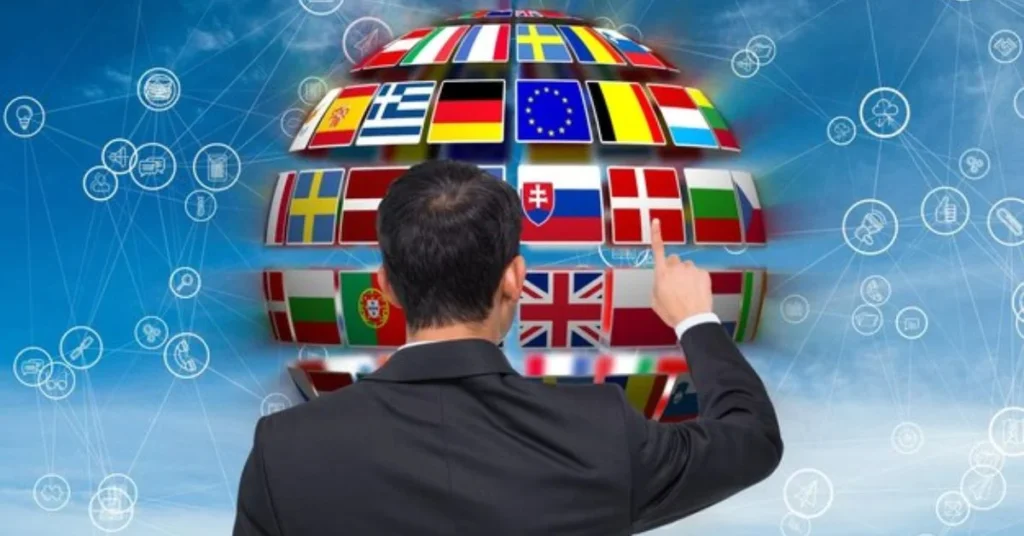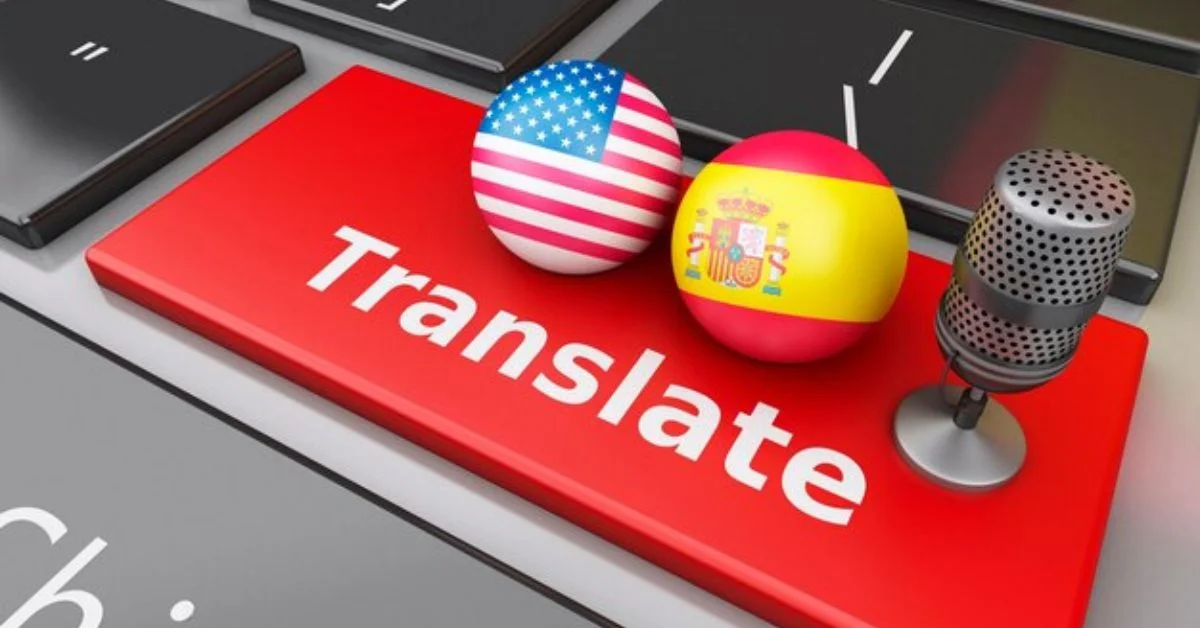In a world increasingly connected by technology and global exchange, the importance of effective communication has never been more critical. Language barriers, however, remain a significant hurdle for international collaboration, commerce, and everyday interactions. Enter Oprekladač, a state-of-the-art machine translation system designed to break down these barriers. Far more than a simple translation tool, Oprekladač harnesses the power of artificial intelligence and neural networks to provide users with an exceptional and highly efficient translation experience. From its origins in the Slavic linguistic tradition to its cutting-edge technological advancements, Oprekladač has redefined the landscape of communication across borders.
The Origins of Oprekladač
The term Oprekladač is derived from Slavic languages, specifically meaning “translator” in various dialects. Originally, it represented human translators adept in converting spoken and written language between different tongues. However, as technology evolved, so did the concept of Oprekladač. Today, it symbolizes a sophisticated digital tool powered by AI, specifically designed to mimic—and often surpass—the capabilities of human translators.
The evolution of Oprekladač from a linguistic aid into an advanced technology system reflects a broader trend in the field of translation services. It combines traditional translation expertise with modern machine learning methods to streamline communication across cultures. As the need for global interaction and cooperation intensifies, Oprekladač has become a central player in fostering understanding and exchange.
Oprekladač as a Technological Marvel
What sets Oprekladač apart from other translation services is its foundation in neural networks and deep learning algorithms. At its core, this is not merely a program that substitutes words in one language for those in another. Instead, it utilizes vast datasets of multilingual texts and real-world usage to understand and interpret the complexities of human language.
Neural Networks and Machine Learning
The heart of Oprekladač’s revolutionary system lies in its neural network architecture. Neural networks are designed to mimic the way the human brain processes information, allowing Oprekladač to learn from patterns in language usage. Over time, the system improves its understanding of context, grammar, and idiomatic expressions, enabling it to provide translations that are not only accurate but also natural and fluent.
For instance, a phrase that may have multiple meanings depending on the context—such as “break the ice” in English—can be confusing for traditional translation systems. However, it’s deep learning algorithms allow it to understand the idiomatic expression and offer an appropriate translation that conveys the intended meaning, rather than a literal word-for-word translation.
Continuous Learning and Improvement
Oprekladač stands out due to its ability to continuously improve. Each translation performed by the system adds to its ever-growing database, enhancing its understanding of different languages and dialects. This feature is particularly beneficial for languages with evolving vocabularies or regional variations. By incorporating these linguistic shifts into its learning process, this stays up-to-date and remains highly accurate in its translations.
Moreover, its AI-based algorithms are capable of adjusting to new data in real-time. As more users interact with the platform, it becomes better equipped to handle increasingly complex language structures. This constant improvement positions Oprekladač as one of the most reliable and adaptable machine translation systems available.
Key Features of the Oprekladač App
This has made its innovative translation technology accessible to the general public through its Oprekladač app. Available for both desktop and mobile platforms, the app offers seamless integration into daily communication, whether for personal, academic, or professional use.
Intuitive User Interface
The Oprekladač app is designed with user-friendliness in mind. Its clean and simple interface allows users to input text for translation easily, or even use voice-to-text functionality to translate spoken language on the go. Additionally, the app supports numerous file formats, allowing users to upload documents, PDFs, or even image files containing text for translation.
With real-time translation capabilities, the Oprekladač app is particularly useful for travelers, students, and business professionals who need quick, accurate translations in unfamiliar languages. The app’s efficiency helps remove the stress of navigating foreign environments by providing reliable and fast translations in just a few taps.

Multilingual Support
Oprekladač offers support for over 100 languages, making it a versatile tool for a global audience. Whether translating between commonly spoken languages like English, Spanish, and Mandarin, or more niche languages, the app ensures that users can communicate across linguistic boundaries with ease.
One of the app’s most impressive features is its ability to handle complex scripts, such as Arabic, Japanese, or Cyrillic-based languages. This allows Oprekladač to serve a truly global population, supporting a wide array of communication needs, from day-to-day conversations to professional negotiations.
Offline Mode
Understanding that reliable internet access is not always available, especially for travelers, the Oprekladač app includes an offline mode. Users can download language packs for offline use, allowing them to access translation services even in remote or internet-limited areas. This feature is particularly beneficial for business travelers or tourists navigating new cities without cellular data or Wi-Fi access.
Real-Time Collaboration
The Oprekladač app also facilitates real-time collaboration through its document-sharing features. Multiple users can upload files, edit, and translate texts together, making it a valuable tool for international teams working on multilingual projects. This real-time collaboration functionality is key for businesses looking to expand their operations or work with partners across different language zones.
Voice and Image Recognition
To further enhance the user experience, Oprekladač incorporates voice recognition and image recognition technologies. Users can simply speak into the app, and it will translate their words into the selected language instantly. Likewise, they can upload images containing text, and Oprekladač will analyze and translate the content. These features provide flexibility and convenience, especially for users on the go or in need of quick, hands-free translations.
The Impact of Oprekladač on Global Communication
The technological advancements made by Oprekladač go beyond mere translation. The platform plays a pivotal role in enhancing communication between people from different cultural and linguistic backgrounds. Whether used by businesses expanding into new markets, educators teaching in multilingual environments, or tourists exploring new cultures, it has become an essential tool for facilitating understanding and collaboration.
Enhancing Business Communication
In the business world, Oprekladač has proven to be a valuable asset. Companies looking to expand their operations into foreign markets often face language barriers that can hinder effective communication with partners, clients, or suppliers. Oprekladač eliminates these challenges by providing accurate translations in real-time, allowing businesses to engage in productive dialogues across language divides.
Furthermore, it’s machine learning capabilities ensure that the system becomes familiar with industry-specific terminology, making it particularly useful for sectors such as finance, law, healthcare, and technology. For instance, legal contracts or technical documents can be translated with high precision, reducing the risk of miscommunication in critical dealings.
Promoting Multicultural Understanding
Oprekladač’s contributions to global communication are not limited to the business sphere. By facilitating the translation of texts, speeches, and documents, it fosters greater understanding between people of different cultures and languages. This is especially important in academic and diplomatic settings, where nuanced language and cultural context play a significant role in effective communication.
In educational settings, Oprekladač helps students and educators overcome language barriers, providing access to a wider array of academic resources and fostering global collaboration. Similarly, its precision in translating speeches and official communications strengthens diplomatic relations, ensuring critical messages are conveyed clearly to all parties.
Conclusion
Oprekladač is much more than a translation tool—it is a bridge connecting people across linguistic divides, facilitating better communication, and fostering understanding on a global scale. Through its innovative use of AI, neural networks, and continuous learning algorithms, it has revolutionized the way we translate and interpret languages. As the world becomes increasingly interconnected, the importance of Oprekladač in overcoming language barriers and enabling meaningful communication cannot be overstated.
From its origins in the Slavic linguistic tradition to its evolution into a cutting-edge translation system, Oprekladač has redefined what it means to communicate across cultures. Whether used for personal, educational, or professional purposes, It remains at the forefront of technological advancements in translation, helping individuals and businesses alike connect with the world around them.
Frequently Asked Questions (FAQs)
1. What is Oprekladač?
This is a highly advanced machine translation system powered by artificial intelligence and neural networks. It provides accurate, natural, and fluent translations between over 100 languages, facilitating communication across linguistic barriers.
2. How does Oprekladač work?
It utilizes deep learning algorithms and vast datasets of multilingual texts to continuously improve its translation accuracy. Its neural network architecture allows it to understand context, idiomatic expressions, and the nuances of different languages.
3. Is there an Oprekladač app available?
Yes, this app is available for both desktop and mobile platforms. It offers a user-friendly interface, voice and image recognition capabilities, offline mode, and real-time collaboration features.
4. What makes Oprekladač different from other translation tools?
This stands out due to its use of neural networks and machine learning, which enable it to continuously improve and adapt to new languages and contexts. Its ability to handle complex idiomatic expressions and regional dialects sets it apart from traditional translation tools.
5. What is the meaning of Oprekladač?
THIS is a term derived from Slavic languages, meaning “translator.” It has evolved from representing human translators to becoming a sophisticated AI-driven translation system.
6. Can Oprekladač be used offline?
Yes, the app includes an offline mode, allowing users to download language packs and access translation services without an internet connection, making it ideal for travelers and remote areas.








